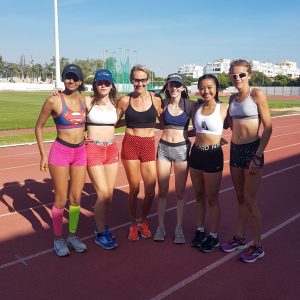The Link Between Fit, Feel, and Faster Running
How well does your sportswear fit? Is it optimized for running economy, efficiency, and performance like the shoes you carefully researched and tested? No? I didn’t think so.
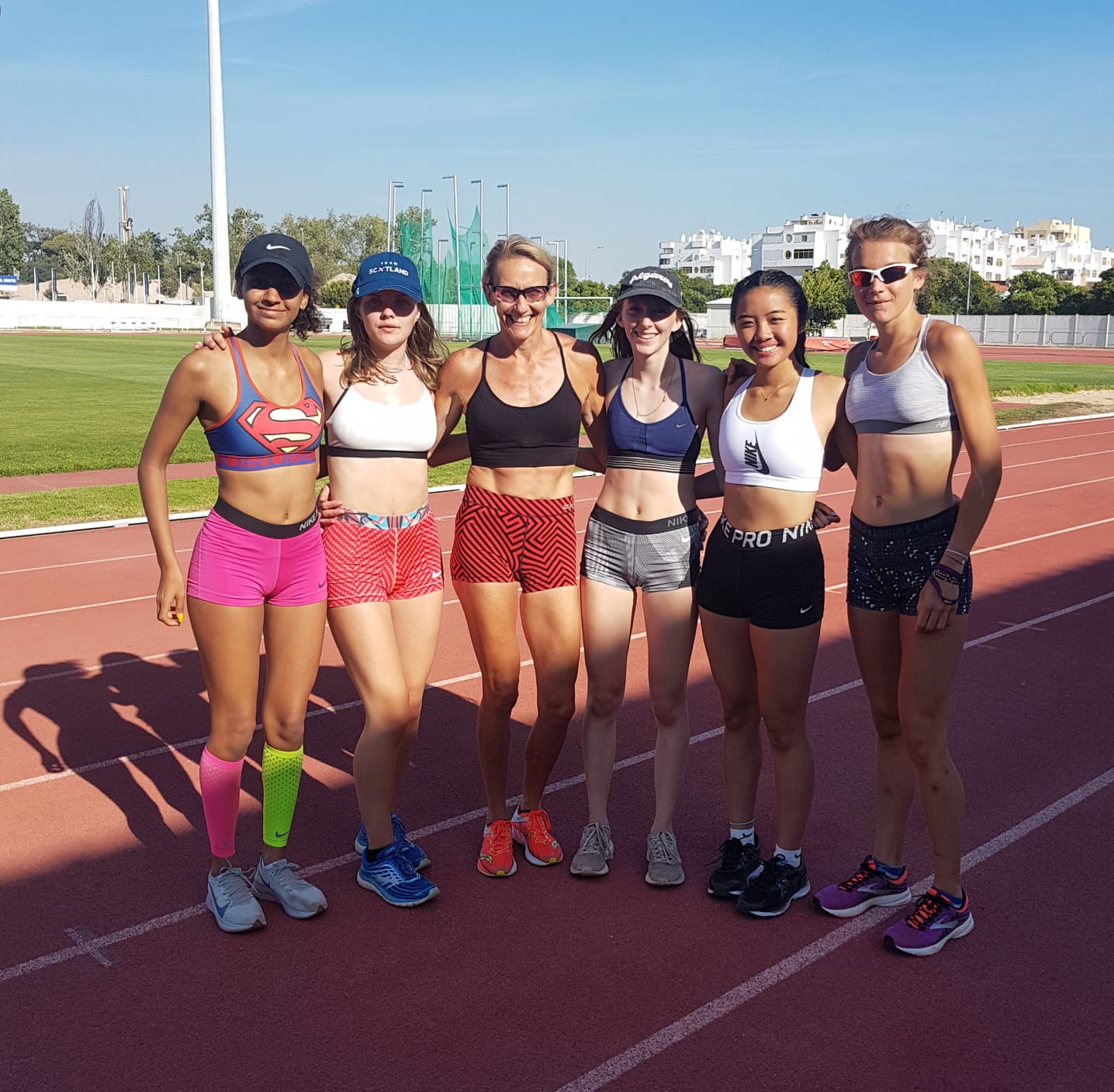
When we think about performance in sport, our minds usually go straight to training, nutrition, or the latest piece of high-tech equipment. But one piece of the puzzle rarely gets the same attention — and it should. That piece is what women and girls wear to compete.
For decades, women’s sportswear was an afterthought: a smaller, pinker version of men’s gear. Yet the fit, feel, and design of apparel play a direct role in how athletes perform. Well-designed clothing supports the body’s mechanics, reduces distractions, and boosts confidence. In contrast, poorly designed gear can do the opposite.
Even the biggest brands are waking up to this. In June 2025, the world watched Breaking4, Nike’s high-profile attempt to help Faith Kipyegon become the first woman to break the four-minute mile. Nike poured resources into every detail: pacing formations, weather conditions, super spikes — even Kipyegon’s clothing. The message was clear: marginal gains matter, and apparel is part of the equation.
This isn’t just about elites, though. Girls lining up at their first 5K, college athletes grinding through practice, and women at every level deserve sportswear designed for their bodies and their needs. It’s time to rethink women’s sportswear.
How the Right Fit Impacts the Body
It’s easy to dismiss fit as “just comfort.” But science shows it’s much more. A 2024 study led by Kipp and et al., titled Sports Bra Restriction on Respiratory Mechanics during Exercise, found that the tightness of a sports bra’s underband can actually compromise breathing.
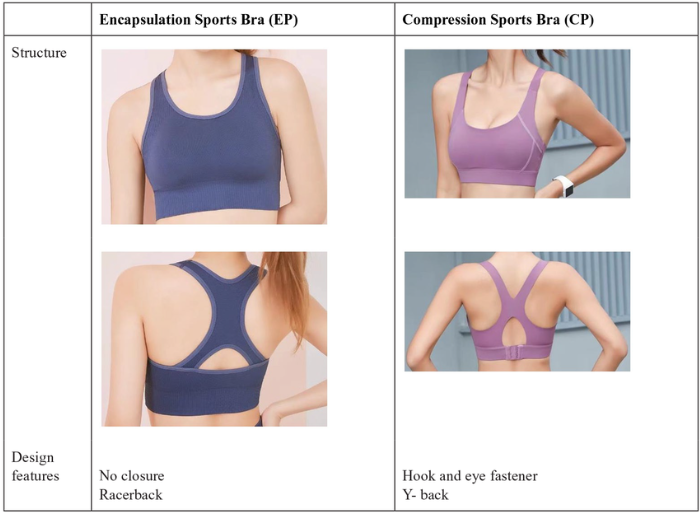
Nine highly trained female runners performed hard running sessions wearing loose, self-selected, and tight-fitting sports bras. The tighter bras increased the work of breathing, changed breathing patterns (more rapid breaths, smaller tidal volumes), and even raised oxygen cost during steady-state running.
Loosening the underband reduced the energy cost of breathing and allowed deeper, more efficient breaths — essentially improving running economy.
A 2025 follow-up study echoed these findings: women experienced less respiratory muscle fatigue, better ventilation coordination, and lower perceived breathlessness in looser underbands during high-intensity running.
Bottom line: a “supportive” sports bra that feels restrictive may actually be draining your performance.
How the Right Fit Impacts the Mind
Clothing affects not only how our bodies move, but how our minds focus. Research published in Psychonomic Bulletin & Review shows that tight and revealing athletic clothing can shift women’s attention toward their bodies and away from the task at hand.
In that study, women wearing tight and revealing clothes moved more slowly and less consistently on a motor performance task than those in loose, concealing clothes. The researchers suggest that “body monitoring” — being hyper-aware of how you look — diverts mental energy from performance.
This dynamic is especially relevant in sport, where women and girls are often aware of being watched and judged on appearance. Gear that feels comfortable and unobtrusive lets athletes focus on the movement, the skill, the game — not on self-consciousness.
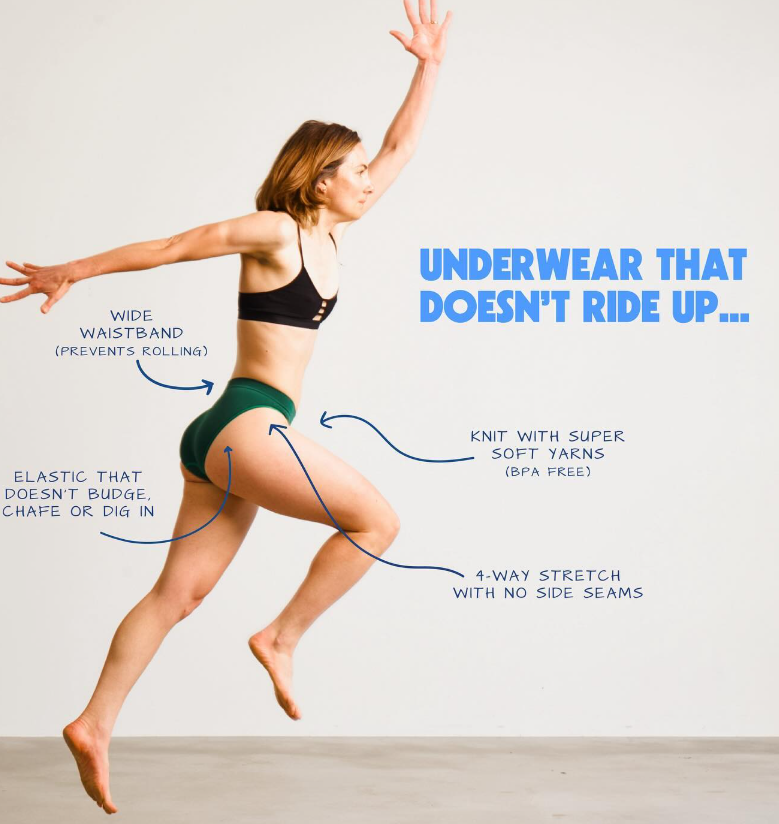
Why the First Layer Counts
Sports bras usually get the spotlight, but the first layer matters too. Poorly designed underwear can chafe, shift, and distract — especially during high-impact movement.
A brand that’s doing it right here, rethinking women’s sportswear from the ground up, is Paradis Sport. Founded by and for women, Paradis Sport spent three years and 17 prototypes testing with 37 elite and professional athletes to create performance underwear that stays put, resists chafing, and feels invisible. No itchy tags. No harsh chemicals. And absolutely no distractions.
Elite runners and TRR coaches, Ruby Wyles and Hillary Allen, are singing Paradis’ praises. After years of trying brands that fell short — most designed by men or as an afterthought in a big product line — I (Ruby) finally found Paradis Sport. Their underwear performed so well during my runs and races that I barely noticed it was there. That’s the point.
This post is not sponsored by Paradis Sport, but TRR members can save 20% with the code listed on the TRR Community Discounts page.
Time to Raise the Standard
The science is clear: the right apparel can improve breathing efficiency, movement economy, focus, and confidence. However, the wrong apparel can quietly sabotage all of it.
From sports bras that support respiration to underwear that actually stays in place, brands have a chance — and a responsibility — to design gear for women’s bodies, not just shrink down men’s.
Nike’s Breaking4 project showed the world that every detail counts. For millions of women and girls, the right sportwear might not be a marginal gain at all — it might be transformative.
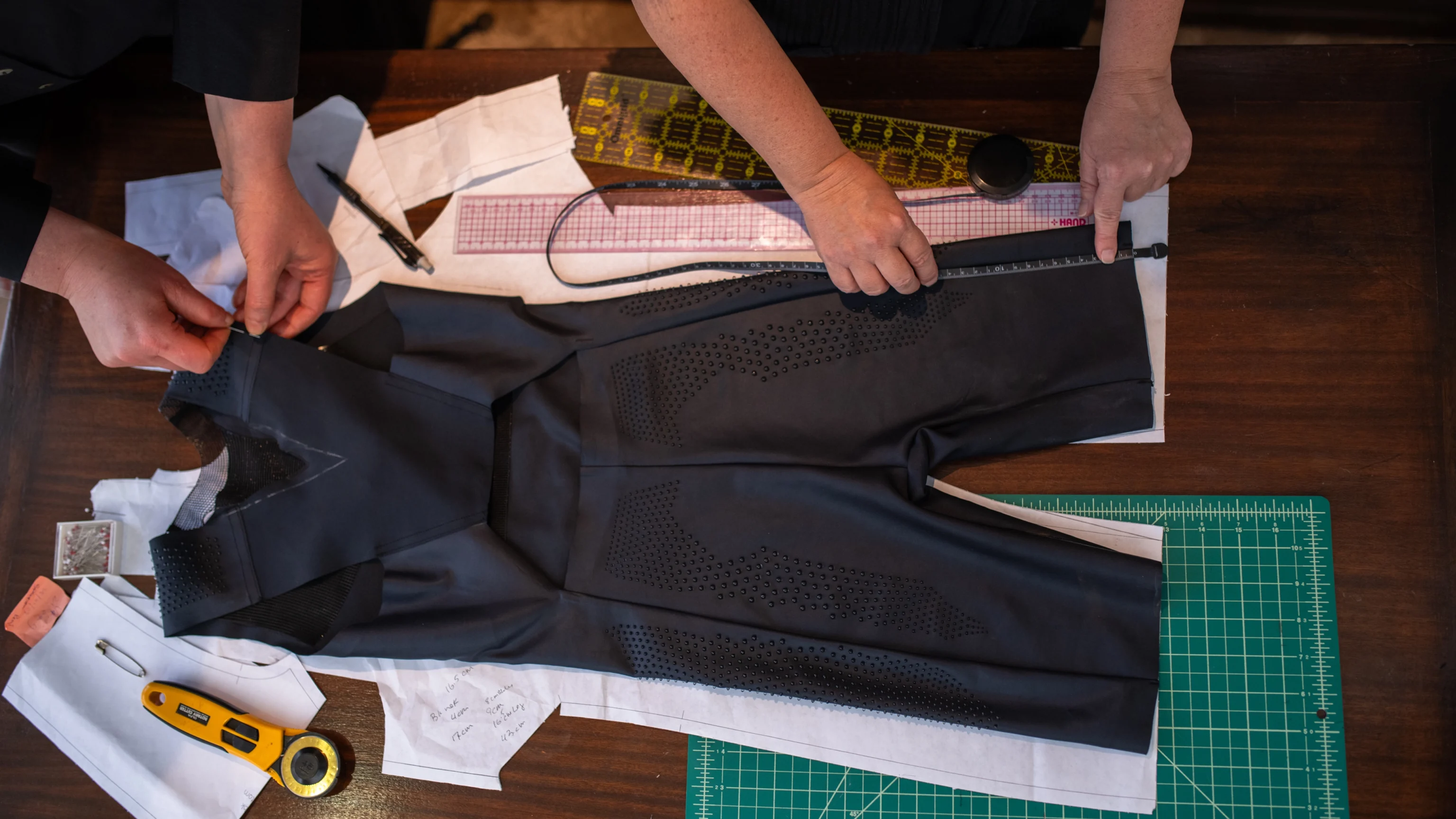
Your Move
As athletes, coaches, parents, and consumers, we can push for change. Support brands that are rethinking women’s sportswear and prioritizing their needs. Share feedback. Celebrate companies leading the way.
Because when apparel fits right, women can focus on what matters: breaking barriers, reaching goals, and enjoying the sports they love.

Ruby Wyles is a coach with Team RunRun based in Ann Arbor, Michigan. She is most fulfilled by helping athletes overcome limiting beliefs with joy. Ruby is also a proud science nerd, and advocate for athletes’ mental and physical health.

